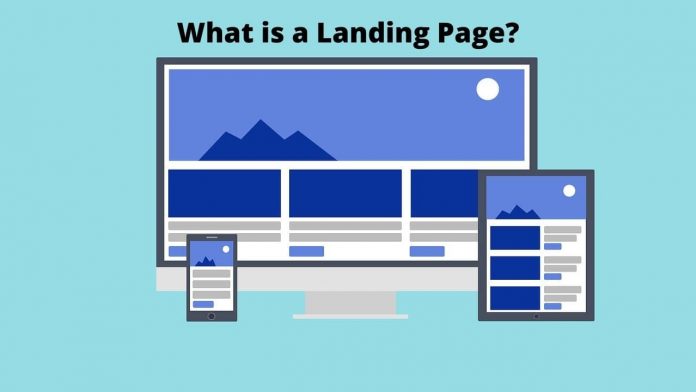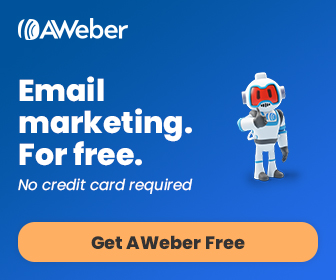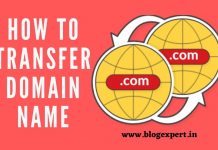What is a Landing Page and Why is it Important: As you dive into the planet of digital marketing, SEO, and paid search advertising, you’ll likely encounter entirely new vocabulary and set of concepts. If you haven’t already, you’re sure to have questions on how landing pages fit into your digital marketing strategy. Developing a landing page seems like an easy task, and it is often, but we would like to worry that landing pages are vitally important to lead conversion.
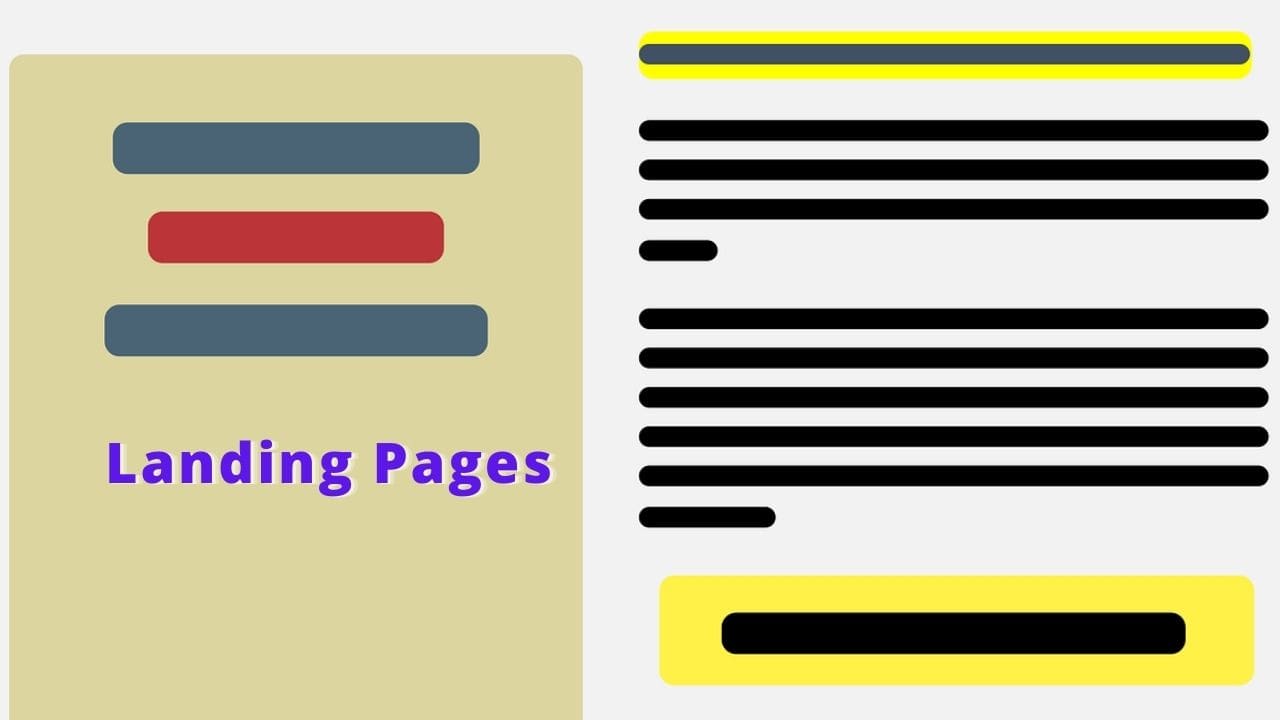
Table of Contents
What is a Landing Page and Why is it Important?
A landing page is any website that a consumer can land on, but within the marketing realm, it’s usually a standalone page, distinct from your homepage or the other page, that serves one and focused purpose. A landing page is a follow up to any promises that you’ve made in your content. Essentially, it’s a subsequent step toward a visitor becoming a customer. Your landing page allows you to make a trade, some kind of special offer, piece of data, or a deal, in return for providing contact information.
Landing pages are often click through, resulting in another page like your e-commerce site, or lead generation based. Lead generation landing pages typically offer items like an eBook, free trial, contest entry, or webinar registration in return for the submission of contact information. An honest landing page will do its job by convincing a possible customer that it’s worth to share personal details return in exchange for whatever you have to offer. Landing pages are often found through a general search or via your company website, increasing the likelihood that a possible customer will end up there.
There’s no need to have only one landing page, or maybe only one landing page at a time. In fact, experts within the marketing would probably suggest that you simply maintain multiple landing pages, targeted toward segmented customer populations.
Different Types of Landing Pages
As a general rule, using landing pages enables you to finish a post-click sequence with a fanatical page that shows the visitor they need landed within the right place. Busy homepages or product pages have the potential to muddy the waters, whereas landing pages make it very clear what outcome will result from the visitor’s click-through.
By making a landing page, you refine and improve your visitor interaction and thus increase the probabilities of conversion. You also make sure that you get more from your PPC spend – you’ve already paid for this click, and a landing page helps you create it worth your while. You’ll increase the possibility of conversions even further by ensuring that you simply use the proper quite landing page. Let’s take a look at the landing page varieties and what they’re used for.
Landing Page vs Website Homepage
First of all, some people may wonder why they should bother with landing pages when the first objective is to drive visitors to their homepage? The solution is that, while getting traffic on your home page is undoubtedly an honest thing, it’s less likely to end in a conversion than a landing page. Home pages contain tons of data and invite users to navigate to a spread of various locations.
If a visitor reaches your homepage with one specific goal in mind, they could be turned off if they need to seem through several different services and different product options first. The homepage’s main objective is to direct users to other pages where they’re going to find the knowledge they need. Landing pages eliminate the intermediary step by being the page the user wants – and stating the maximum amount in no uncertain terms.
Your homepage is general where a landing page is concentrated and specific. While the homepage draws visitors further into your website by presenting all the choices your business has got to offer, a landing page offers one simple and clear call to action.
Lead Generation Landing Page
A lead generation or lead capture landing page is primarily intended to gather leads by means of an information capture form. These pages are very versatile but are most frequently utilized in the center of the sales funnel, at the purpose where customers are evaluating your offerings and are on the cusp of moving towards the intent to either convert or walk away.
It presents both an invitation and a gift simultaneously. The reward is that the specific provide you with is promoting so as to capture leads, and therefore the request is that the information you invite in your form. The request and therefore the reward should be balanced. Whatever you’re promoting must be well worth the customer to provide you with their details and be added to your E-email list.
Click Through Landing Page
In contrast to the lead generation page, which relies on the utilization of a form, a click through page is, by definition, one that doesn’t require a form in the least. It’s an easy middleman between your advert and therefore the page to which you ultimately wish to direct your customers.
It’s often used to link and add to the shopping cart for example. It requires only an easy and short explanation of what the visitor has found by clicking through and a bold and unmistakable call to action with a link to the ultimate destination.
Squeeze Page
As a lead generation page, a squeeze page is used to collect data. Unlike a lead generation page, however, it’s generally employed near the highest of the sales funnel and its only goal is to collect email addresses to feature potential results in a general email list.
They’re short, basic landing pages with bold headlines and minimal content. A transparent call to action leaves the reader in no doubt what to expect from the click-through. Additionally, to the short form, there should even be both a link to require the reader to the subsequent step and an exit option if the visitor doesn’t wish to proceed.
Sales Page
A sales page is usually the most difficult to design. With this page, you’re no longer simply prospecting for leads. It’s one that you simply would use right at the bottom of the funnel, and it’s to convince people to buy, which is a completely different proposition to a basic request and reward combination.
The creation of the page, from the copy to the planning, requires slightly of delicacy and an entire understanding of your customers’ needs and their position within the sales journey. You’ll either sell too hard at now and switch your client away, otherwise, you could undersell and lose the sale anyway. This is often where good old-fashioned salesmanship must be incorporated into your design and communication tactics.
The length of the page depends considerably on your product and the way much you would like to mention to elucidate its value to your customers. No matter the length, there must be an in-depth pitch that clearly demonstrates this value, with the aim of getting them to click that button and make the purchase.
Infomercial
You may think infomercials are a relic of the 1990s late night television advertising, but many businesses incorporate their sales techniques very successfully into their digital strategies, particularly within the sort of specialized landing pages.
Infomercial landing pages contrast sharply with a squeeze or lead generation pages therein, whereas these two varieties are characterized by their brevity, infomercials tell your readers an extended, elaborate story, using a copy that recalls the emotive and excitable mannerisms of these late night sales masters. The aim is to stay readers scrolling and obtain them to plan for a sale.
Splash Page
Splash pages are often used at any point in your sales funnel and that they are possibly the foremost basic sort of landing page. They typically have little or no copy, one or two bold images, and really simple communication, usually an announcement or an easy ‘yes’ or ‘no’ request.
They’ll ask your reader to verify their age or choose their language preference before proceeding to your website. They’re not intended to gather data or generate leads and serve only to supply very basic information to your visitors before they enter your website.
Viral Landing Pages
Viral landing pages are intended primarily to create brand awareness. While they’re going to usually contain links to a corporation website or other website, these are usually presented subtly and unobtrusively.
The most keys here are the content, which should be informative and or fun enough to interact with a reader and hopefully get them to share the page, alongside the power to share the page via social media. The content might be written copy or could involve videos, images, or maybe games.
Microsites
A microsite is because the name suggests, a fanatical, miniature website. It’s created for a selected campaign or with one targeted sales goal in mind. It’s quite one page, but it’s still described as a sort of landing page since it’s put aside for one specific aspect of sales and promotional efforts. Microsites are often driven from online ads or work alongside TV ad campaigns.
Why Use Landing Pages?
You’ve done an excellent job building your brand and creating a blog or website that represents it. Now you’ve have to make sure that each one of that tough work translates into sales. If you’re trying to find an efficient lead conversion tool, landing pages are definitely the way to go.
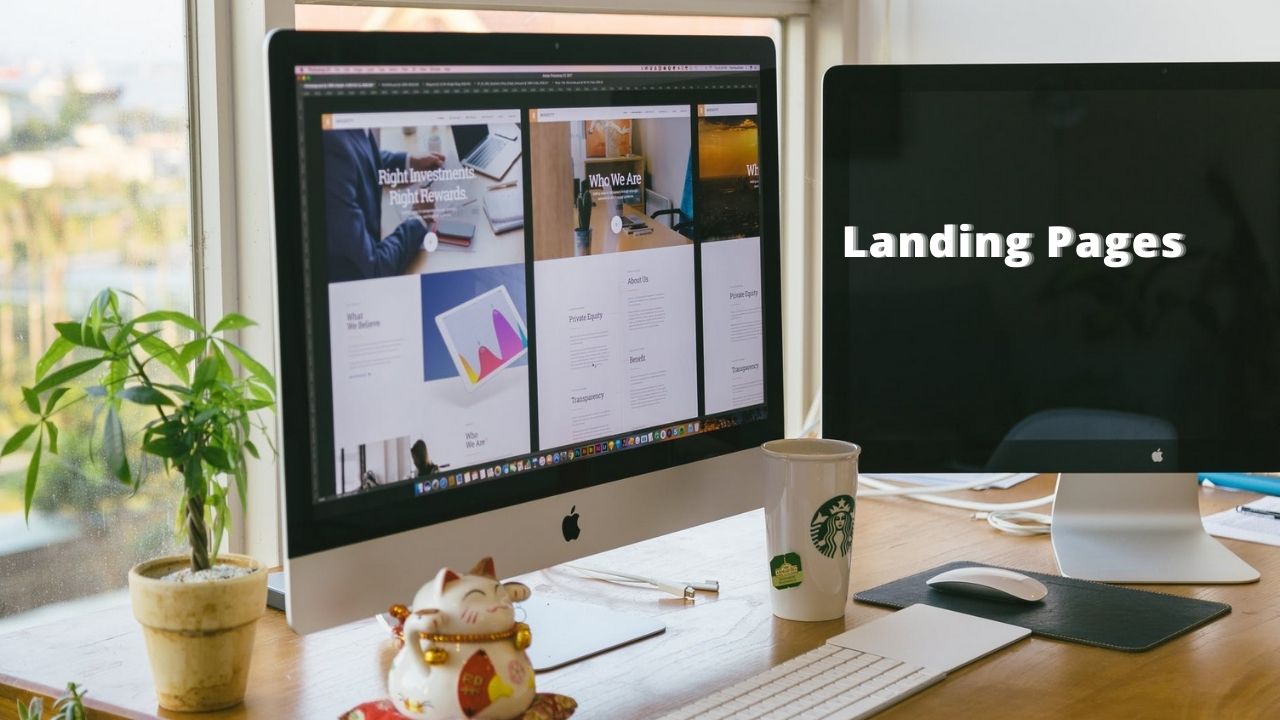
A landing page is one of the best way to drive traffic, improve your SEO, and build your brand.
It also can form a part of an efficient PPC strategy. Approximately 68% of B2B businesses use landing pages accessible PDF to get leads for future conversion. Fortunately for you, 44% of those clicks are directed toward home pages, which, as we’ll discuss, isn’t an honest strategy. Landing pages lead customers to a selected product, service, or offer and encourage them to require action. This is often your opportunity to make conversions and build your customer base.
If landing pages are so important, why isn’t every business using them? Well, there’s a misconception that they’re hard to make and maintain. Fortunately, that simply isn’t true. Building an efficient landing page is a smaller amount about flashiness and more about getting the buyer what they’re after.
What Makes an honest Landing Page?
First off, your home page shouldn’t be your landing page. You would like to send prospective customers to a page that will allow them to cash in of whatever special offer you’ve promised them. Since they’re tied to something specific, your landing pages have a far better chance of capturing attention for an extended period of your time. Good landing pages do several things:
1. They zero in on the offer, not the corporate. Your future customers are clicking for a reason, and duping them by not giving them what you’ve promised isn’t getting to form an honest first impression. Now’s not the time to offer an in-depth history of your company. This isn’t to mention that the landing page shouldn’t be tied to your company brand. Just the other. They Should serve a separate function, yet it should still be an extension of your brand.
2. They’re focused and free from distractions. The content on your landing page should have the end-goal of getting the user what they need while completing the registration process.
3. The forms aren’t intimidating. Lengthy forms are often overwhelming visitors and should encourage them to maneuver on, instead of cash in of whatever opportunity you’re offering. If you merely can’t shorten your form, break it into steps, and let the user see exactly where they’re within the process. for instance, listing their name and address could also be the first step of 4.
4. They speak to a selected audience. Segmenting your customer base helps you to focus on specific consumers through customized campaigns. If you’ve got a base that’s drawn to a specific offer, like an eBook or discount, your landing page can function as a built-in segmentation device, allowing you to nurture these leads effectively going forward.
5. They collect specific information about your prospective customers. Speaking of specific audiences, albeit you draw the proper crowd, they can’t be converted if you don’t collect the proper information. The gathering of demographic data should include quite simply a reputation and email address. It should also offer you some idea of why an individual clicked and what their long-term connection to your company could be.
6. They supply your special offers with a home. Unless they’re tied to landing pages, your online special offers will do nothing to profit your business. Creating landing pages provides an area for your offers to reside.
7. They provide many thanks. Your landing page should be followed up with many thanks. This is often not only polite but assures the buyer that they need to complete the registration process.
8. They permit users to access to other marketing channels. A customer likes what you’ve just offered. Now you’ll provide links to other offers, your social media profiles, or an email list check-in.
There is no question about it, we are certainly living during a digitally connected world. Moving boldly forward with a digital marketing campaign can easily be one of the simplest investments that you simply bring your business. As you build your digital marketing toolbox, including landing pages may be a smart move, and both you and your customers will reap the advantages.
If you’d wish to learn more about the importance of landing pages or want to get in touch with an expert who can improve your landing page and SEO strategy.Contact Here

